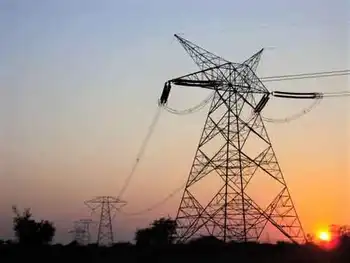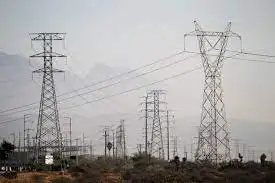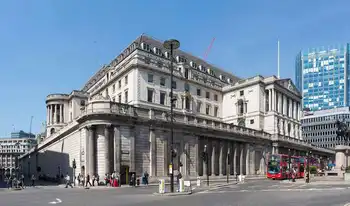Enbridge Insists Storage Hub Lives On After Capital Power Pullout

NFPA 70b Training - Electrical Maintenance
Our customized live online or in‑person group training can be delivered to your staff at your location.

- Live Online
- 12 hours Instructor-led
- Group Training Available
Enbridge Alberta CCS Project targets carbon capture and storage in Alberta, capturing emissions from industrial emitters to advance net-zero goals, leveraging carbon pricing, regulatory support, and a hub model despite a key partner's exit.
Key Points
A proposed Alberta carbon capture hub by Enbridge to store industrial emissions and support net-zero targets.
✅ Seeks emitters across power, oil and gas, and heavy industry
✅ Backed by carbon pricing, regulation, and net-zero mandates
✅ Faces high capex, storage risk, and anchor-tenant uncertainty
Enbridge Inc., a Canadian energy giant, is digging its heels in on its proposed carbon capture and storage (CCS) project in Alberta. This comes despite the recent withdrawal of Capital Power, a major potential emitter that was expected to utilize the CCS technology. Enbridge maintains the project remains viable, but questions linger about its future viability without a cornerstone anchor.
The CCS project, envisioned as a major carbon capture hub in Alberta, aimed to capture emissions from industrial facilities and permanently store them underground. This technology has the potential to play a significant role in reducing greenhouse gas emissions and mitigating the effects of climate change, alongside grid solutions like bridging the Alberta-B.C. electricity gap that can complement decarbonization efforts.
Capital Power's decision to shelve its $2.4 billion Genesee Generating Station project, which was designed to integrate with the CCS hub, threw a wrench into Enbridge's plans. The Genesee project was expected to be a key source of emissions for capture and storage, and its status is being weighed as Ottawa advances the federal coal plan to phase out unabated coal.
Enbridge, however, remains optimistic. The company cites ongoing discussions with other potential emitters interested in utilizing the CCS technology, amid new funding signals such as the U.S. DOE's $110M for CCUS that highlight momentum. They believe the project holds significant value despite Capital Power's departure.
"We are confident in the long-term viability of the project and continue to actively engage with potential customers," said Enbridge spokesperson Rachel Giroux. "Carbon capture and storage is a critical technology for achieving net-zero emissions, and we believe there is a strong business case for our CCS project."
Enbridge's confidence hinges on several factors. Firstly, they believe there is a growing appetite for CCS technology amongst industrial facilities facing increasing pressure to reduce their carbon footprint. Regulations and carbon pricing mechanisms, including new U.S. EPA power plant rules that test CCS readiness, could further incentivize companies to adopt CCS solutions.
Secondly, Enbridge highlights the potential for capturing emissions from not just power plants but also from other industrial sectors like oil and gas production and clean hydrogen projects in Canada, where reforming processes can generate CO2. This broader application could significantly increase the captured carbon volume and strengthen the project's economic viability.
However, skepticism remains. Critics point to the high upfront costs associated with CCS development and the nascent stage of the technology. They argue that without a guaranteed stream of captured emissions, the project might not be financially sound. Additionally, the long-term safety and effectiveness of large-scale carbon storage solutions remain under scrutiny.
The success of Enbridge's CCS project hinges on attracting new emitters. Replacing Capital Power's contribution will be a significant challenge. Enbridge will need to demonstrate the project's economic viability and navigate the complex regulatory landscape surrounding CCS technology.
The Alberta government's position on CCS is crucial. While the government has expressed support for the technology, the level of financial and regulatory incentives offered will significantly impact investor confidence, especially as the IEA net-zero outlook underscores Canada's need for much more electricity. A clear and stable policy framework will be essential for attracting emitters to the project.
The future of Enbridge's CCS project remains uncertain. Capital Power's withdrawal is a setback, but Enbridge's continued commitment suggests they believe the technology holds promise. Whether they can find enough emitters to justify the project's development will be a critical test. The outcome will have significant implications for the future of CCS technology in Alberta and Canada's broader efforts to achieve net-zero emissions, including Canada-Germany clean energy cooperation that seeks to scale low-carbon fuels.











